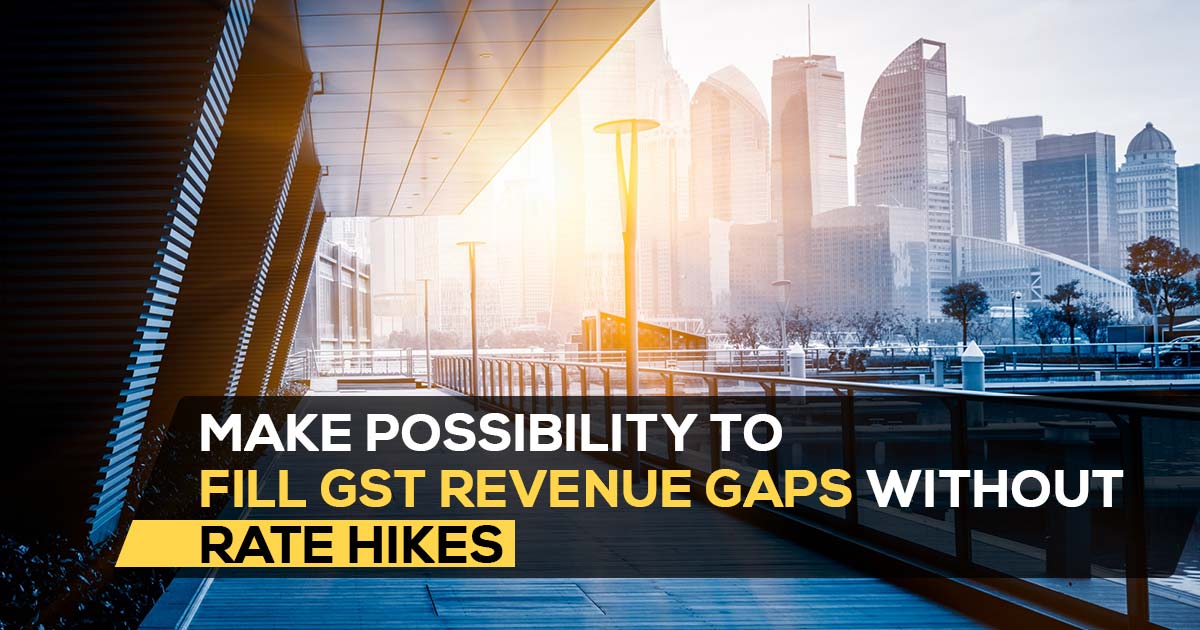
The Goods and Services Tax (GST) implementation rate structure, which was slightly below the measured revenue neutral rate (RNR), has raised concerns among public finance commentators, including the Reserve Bank of India and the 15th Finance Commission on the grounds of measurement and decreasing to below that level.
Over the years, there have been several reductions in rates following the economic stimulus. To protect state governments from the shock of losing the guaranteed State-Goods and Services Tax (SGST) revenue, the primary plan is to quickly restore the RNR, which is also anticipated to enhance overall revenue growth.
Nevertheless, it is crucial to thoroughly reassess this approach of significantly increasing rates for two key reasons. Firstly, revenue growth is not solely determined by GST rates or the impact of taxes on economic agents.
Consumption Market Theory
Beyond a certain threshold, these factors have a counter relationship, and the threshold itself changes based on consumption-demand situations and the price sensitivity of demand. Secondly, the RNR is not a fixed value, it is constantly influenced by fluctuation in the consumption graph.
The consumption market is highly dynamic and currently experiencing more flux than ever before. Sanjeev Sanyal, a member of the Prime Minister’s Economic Advisory Council, rightly emphasized that the objective of easing the tax structure and rates of GST is not to raise or lower the average taxation level, but instead to generate greater tax income while minimizing the impact on the economy.
In a situation where consumption is leveraged, resulting in the RBI raising the risk of relying on loans that are not secure, it is crucial to avoid additional indirect taxes that could further reduce overall demand.
GST Compliance Improvement
Globally, it has been proven that a more fitting approach to increasing revenue is to focus on improving compliance and expanding the tax base, rather than relying solely on tax rates. GST, being a destination-based tax on consumption, aims to limit taxation to the value enhanced at each stage and produce an “output effect.”
Important: A Wide Guide for GST Compliance Management for Laypersons
The expectation is that an upright cycle of incremental value creation will allow for a progressive reduction in tax rates until a point where revenue is indeed affected.
Acceleration of GST Revenues
In recent years, compliance has steadily improved in an economy that is rapidly formalizing, resulting in an acceleration of GST revenues after an initial period of low collection exacerbated by the pandemic.
However, the SGST to state GSDP ratio (excluding compensation) in FY23 was still lower at 2.71% compared to 2.88% in the pre-GST year FY17, and significantly lower than the revenue generated by the taxes subsumed in GST in FY13 (3.28%).
Read Also:- Best Strategies for GST Officials to Prevent ITC Fraud
This demonstrates the reason why a significant sum of 8.2 trillion rupees, corresponding to 10% of the overall revenue, was allocated to the states as compensation during the period from FY18 to FY23.
The decline in revenue can be attributed to decreased minimal GDP growth and challenges in the framework and bringing GST.
In reality, GST revenue growth is reaching a plateau, and it seems unlikely that the revenue gap will be closed anytime soon in an economy that is struggling.
As a result, several states are facing revenue deficits once again, with some experiencing even larger gaps as appropriate central permissions are being reduced.
The way forward should involve addressing the structural barriers with GST and stopping the revenue stealing. It is pointless to expect increased GST indirect tax collection from an economy that is currently facing difficulties.